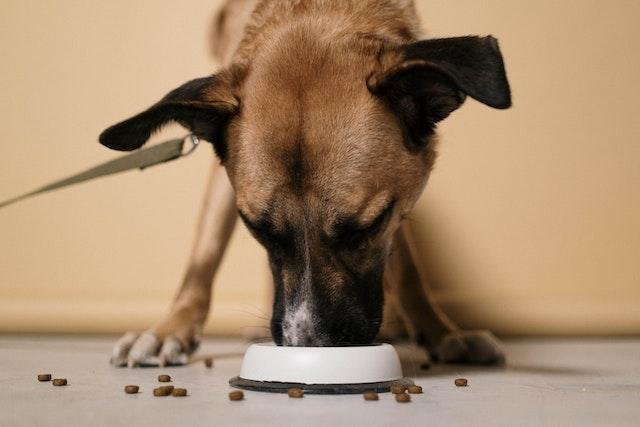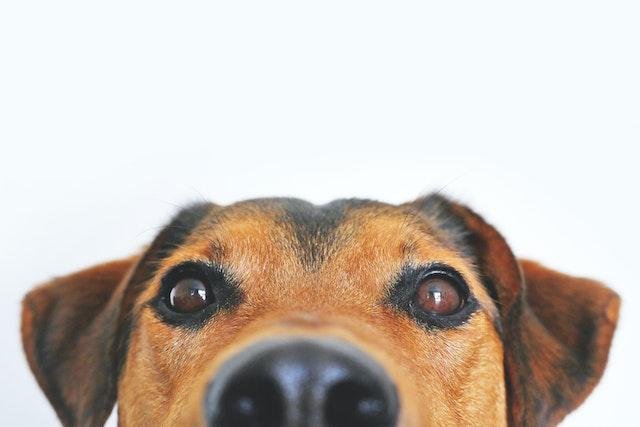Meeting strangers on walks? How to keep your dog calm.
Out on walks at the moment we are meeting so many new people (from a distance of course), and so many of them comment on our little dogs as we go. Dogs are a great conversation enabler, and of course lockdown means we need our daily exercise, close to home. So, the world is out, walking.
Our dogs get used to friends and family, but can sometimes feel unnerved when meeting new people. Here are my tips to help your puppy or adult dog feel more comfortable in the presence of new folks.
Please don’t touch my dog
First of all, your dog should not be touched or greeted by anyone not in your household presently, since it usually means you will be too close to those people. Keeping your dog on lead is very important since if anything goes wrong, again, you will need to get too close to someone not from your household.
It’s essential that you take good hygiene measures, so if you have to touch another dog, wash your hands and use sanitizer afterwards too.
And it’s not just strangers on walks! A first time visit to the Vet, pet sitter or groomer, and visitors to your home (when finally allowed again) all need to be welcomed by a happy, calm dog.
How to introduce your dog properly
Safe dog introductions to new people are achieved with thorough, gradual training using rewards such as food or toys. Good puppy training habits, starting early with dog-dog socialization and getting used to the presence of visitors are all essentials. From an early age, your puppy needs to spend most days meeting new people and dogs.
First impressions count! Meeting new people can be overwhelming. You can help your dog to feel more comfortable by introducing a calm, trained behaviour such as teaching the dog to come to you for positive reinforcement such as a food treat. Always reward your dog in the presence of visitors, asking the dog for a simple ‘sit’ so that you can prevent the dog from jumping up, too (keeping your dog on a leash will help control over-exuberant greetings at this stage).
What dog body language is best?
A wagging tail is not necessarily a sign that a dog is feeling relaxed or happy. It could be that the dog is worried and agitated, their tail thrashing around uncertainly.
Pay close attention to your dog’s body language. Are their ears pulled tightly back? Are their eyes are showing some of the whites around the edges? Is their head is lowered or they are turning their head away (or moving away)? If so, let the dog retreat and calm down. Your dog needs you to look out for them – so do this every time they see another person.
Want to learn more about your dog, their behaviour and how they see the world? Why not get ‘Being a Dog’, my book all about the latest in scientific research on dog behaviour – uniquely written from the dog’s perspective! Click on the above image to find out more!
– Karen Wild






